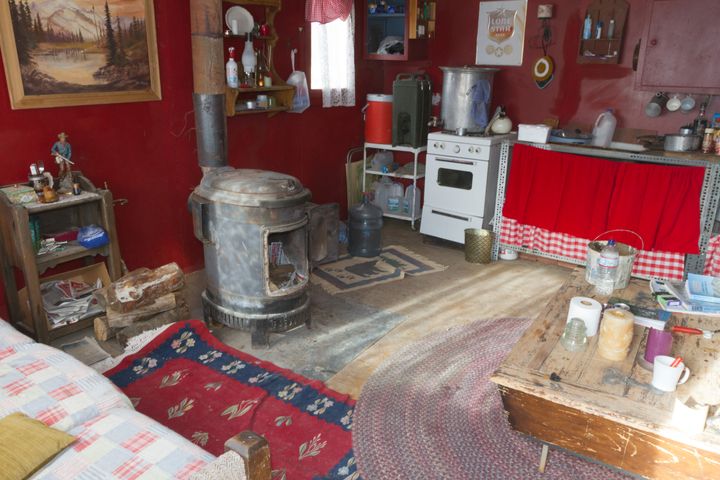
Latest

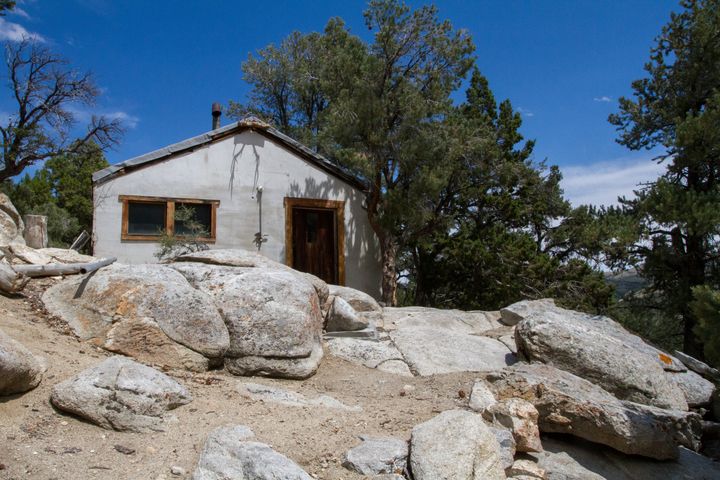
Anderson Cabin
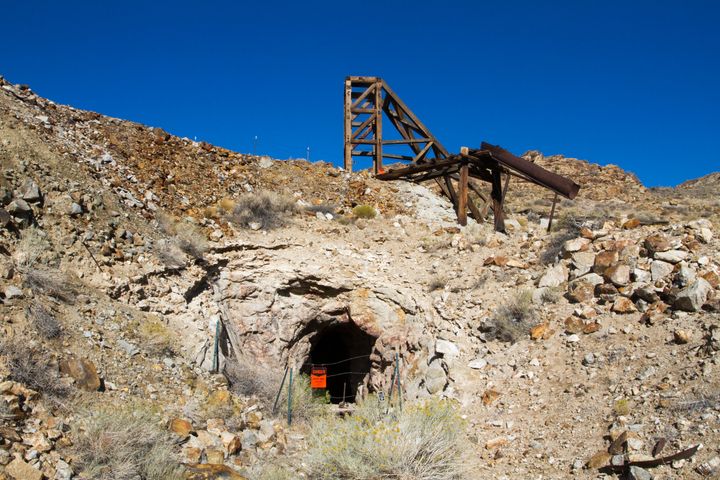
Kay Cooper Mine
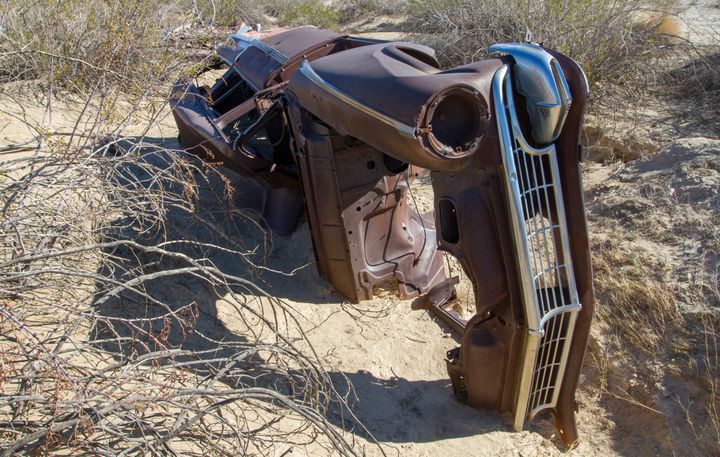
Joshua Tree Car Wash
Our National Parks aren’t known for their collections of old junked cars, but Joshua Tree has one.
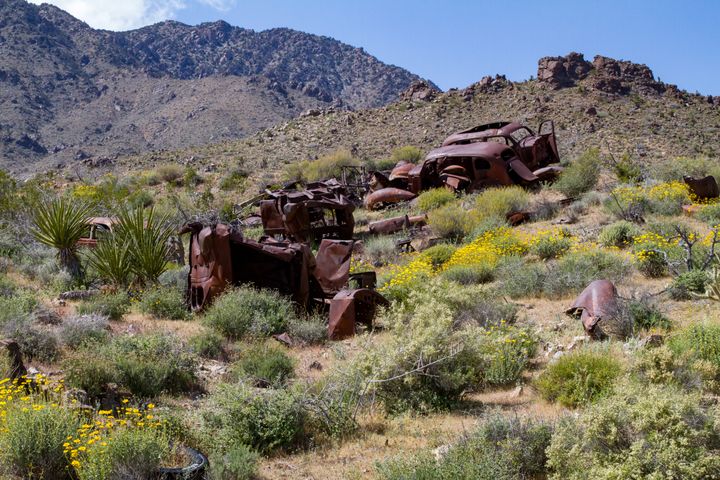
Mojave Car Wash
This is an interesting little corner of the Mojave. I was surprised to see so many old junked cars out here. It is pretty unusual to see so many in one place, but why are they here? They all seem to be missing their engines and drive-trains. One engine could
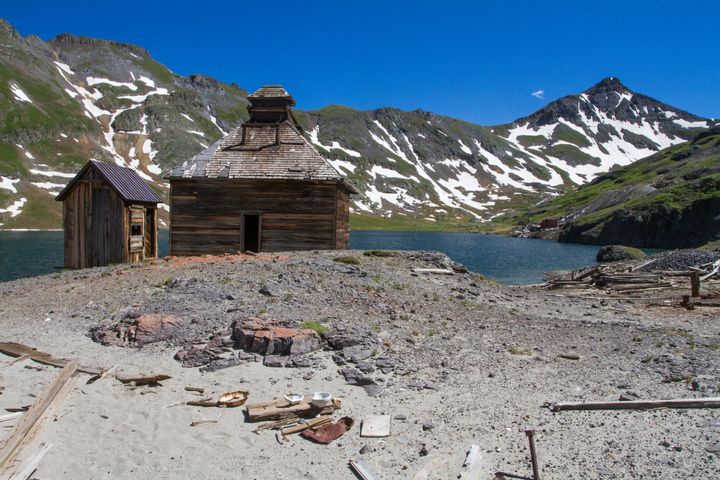
Silver Lake and Iowa Mines
This was a really fun place to visit for me and one I’ve been trying to get to for some time. Weather makes it hard to get to most of the year, and you have to climb up to the mining camp at 12,200 ft elevation.
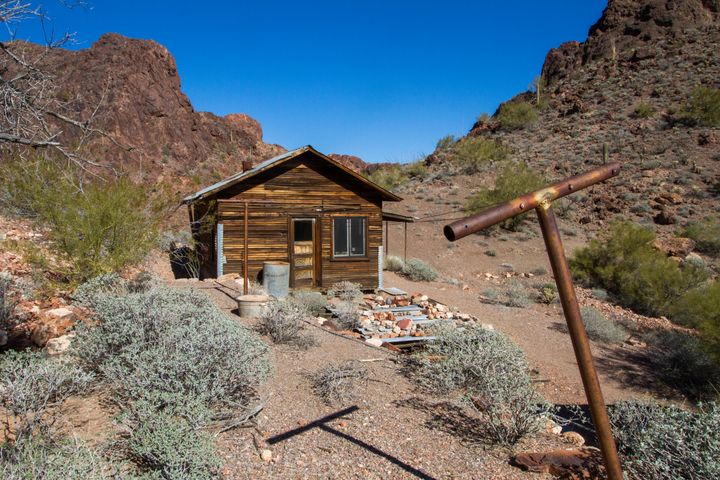
Big Eye Mine
Winter is a great time to be in the southern deserts of Arizona, and this time, we had our sights set on the Big Eye Mine down at the south end of the Kofa National Wildlife Refuge and the Castle Dome Mountains.
History